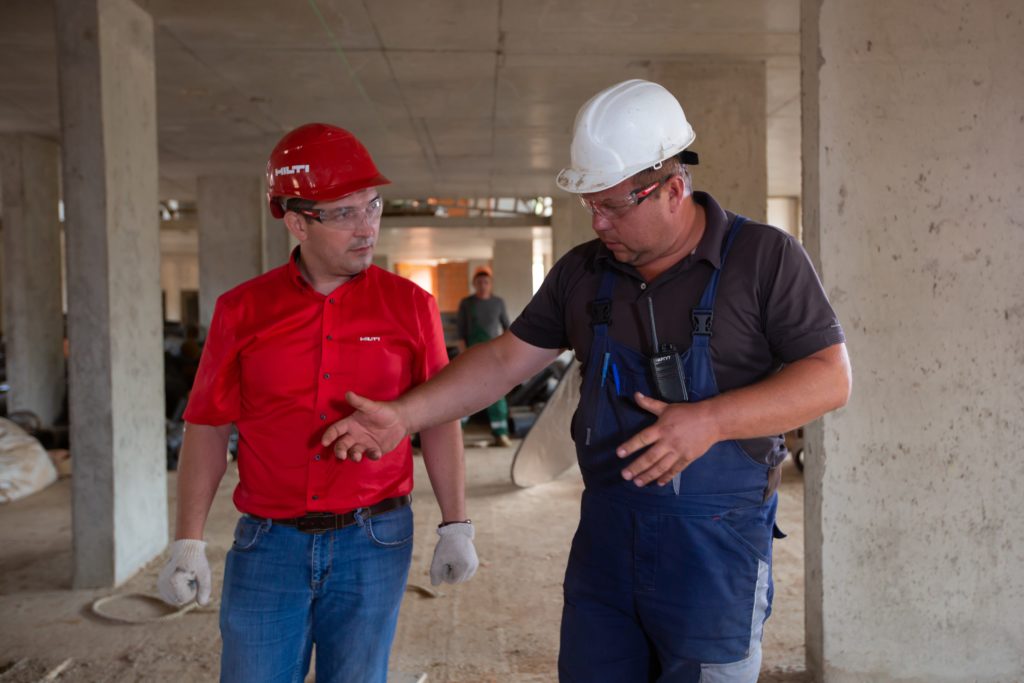In this blog series, we will explore some tips to increase the buy-in and the effectiveness of a BBS program. We have spoken with industry professionals Joseph Braun, EHS Manager at Ferrara Candy Company; John Peoples, Global EHS Manager at Huntsman Corporation; and Chad Rasmussen, EHS Manager at Cardinal Health to get an insider look at how to manage an effective Behavior Based Safety management program.
A BBS program looks at one main aspect of the workplace environment – people. It may be a surprise to some, but people are the most valuable resource you have to combat unsafe work conditions. People equipped with the knowledge and confidence to make the right safety decisions could prevent more accidents than any protective equipment. But with something like a Behavior Based Safety program, it can sometimes be hard to monitor, better yet, understand the value these programs have.
Build BBS Program Buy-in and Participation
The value of a BBS program relies on the decisions and actions of the people and their involvement in the program. It may seem obvious if the value comes from the employees themselves but if those employees are not present/not participating, you will not get any value out of your program. The number one indicator for a successful BBS program is participation – buy-in. This can be approached in a number of ways, John Peoples, Global EHS Manager at Huntsman Corporation says a more “top-down” approach has worked for them as the main key was to get “Buy-In and commitment from the senior managers”. After this was achieved, the participation numbers grew, and more data was available that demonstrated the value of the program.

Set Monthly BBS Program Goals
Joseph Braun, EHS Manager at Ferrara Candy Company says that the best way to get employees involved with the program is to “Set monthly goals and incentivize those goals.” This process could be as simple as requiring employees to submit a certain number of observations in each time frame. Incentives should also be used to positively reinforce good safety behavior. Doing this will increase worker acceptance, participation, and buy-in to the program.

30+ Audit and inspection checklists free for download.
Include Positive Feedback in BBS Observations
A program that only points out mistakes, poor decisions, and unsafe actions will appear intimidating to many workers. Is this just another system management can use to blame the workers for any accidents? This is why at all costs you must avoid focusing too much on the negatives, there needs to be a focus and a reward system (whether its an actual award or the intrinsic value of a positive impact on your workplace) for smart safety decisions and practices. Chad Rasmussen, EHS Manager at Cardinal Health says about an effective BBS program: “It needs to be perceived as positive. Accountability for doing the right thing is more important than for the wrong thing. Positive feedback breeds more of the right behaviors than negative feedback for the wrong behaviors. It also prevents the program from becoming a tattle-tale program.”
Check out previous blogs in this series and stay tuned for more!
Why You Should Include Behavior Based Safety in your Safety Management Program



